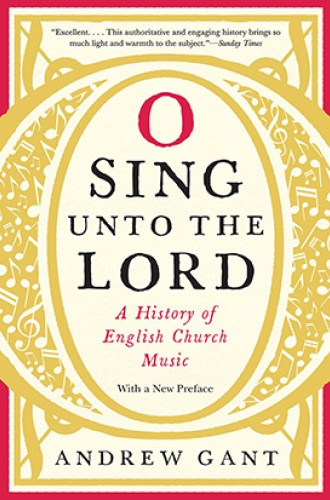Tracing the traditions of English church music
Andrew Gant's lively book tells a history of sacred song.
“Choral music is slow food for the soul,” proclaimed contemporary American composer Nico Muhly in an effusive commentary on Andrew Gant’s history of English sacred music (New York Times, April 2). The book’s 400 pages should not deter readers: this is one of the wittiest and most whimsically irreverent works of scholarship in recent memory.
Gant, who teaches at Oxford’s St. Peter’s College, leavens the book’s musicology and history with ironic commentary. No wonder the Enlightenment was bad for church music, he writes, because “‘I believe in God’ has a sturdy, declamatory idea behind it which can be realised in sound. ‘I believe in rational thought and the evidence of the senses’ doesn’t have quite the same ring. Deism, still less atheism, produced no music.” Gant recommends reviving the work of the 15th-century William Cornysh—it “will frighten neither clergy nor choir”—and notes that the key to Cornysh’s productivity is “that he almost certainly had the advantage of being two different people.” (Some evidence indicates that Cornysh’s works were composed by a father and son team.)
Sitting down with this book feels less like reading a monograph than like encountering a friendly fellow in a pub. Gant can be flippant, as when he attributes the lasting influence of Elizabeth I to “her successful use of the policy of not dying,” unlike her royal predecessors. Of a much later queen, Gant notes that Felix Mendelssohn’s inescapable wedding march was popularized “at one of the many occasions when one of Queen Victoria’s children married the pointy-bearded princeling of Somewhere-In-Germany.” When he digresses into New World adaptations of English sacred music, Gant cites the “intriguing late flowering” of 18th-century hymnody under “a one-eyed snuff addict of untutored genius, William Billings.”






